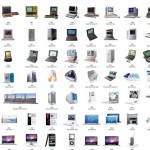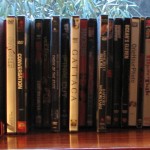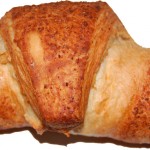Reading Notes: A New Spinuzzi on Genre

Summary This is a book about operationalizing understandings of genre. Spinuzzi is interested in practical, user-friendly applications of genre theory and activity theory in professional contexts. He introduces genre tracing as a methodology “for studying these ephemeral, invisible, ubiquitous innovations” (p. x) — workplace innovations, practical solutions to work-a-day problems that arise in an organization….
Read more







